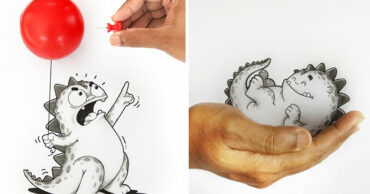When viewers tune in to Restoring Galveston, they see Michael Cordray balancing construction deadlines, budgets, and historic homes battered by weather and time. But long before HGTV cameras captured his work, Cordray was writing an entirely different story. His evolution from journalism student to renovator to television personality is the kind of unlikely journey that makes reality TV compelling. It wasn’t celebrity that brought him here—it was resilience, partnership, and a deep connection to his Texas roots.
From Journalism to Renovation
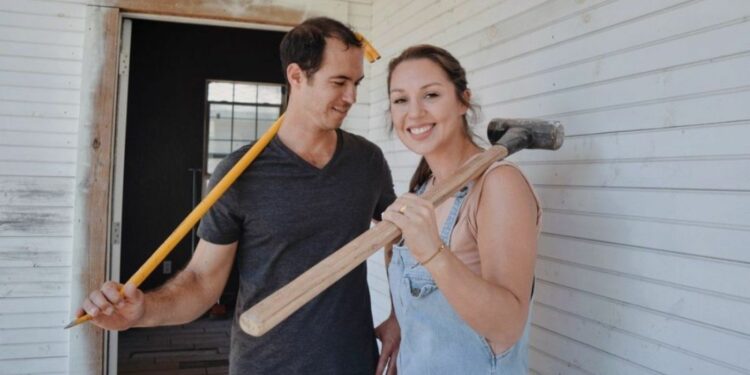
Image Via Michael Cordray
Cordray’s early years didn’t point toward reality television. He studied journalism at Texas A&M University, where he honed his ability to communicate and tell stories clearly. After graduation, he entered the local news world, reporting on community issues and building a reputation for adaptability and persistence. The skills may not seem linked to renovation, but they laid the groundwork for the career he’d later build—one where explaining complex projects in plain terms would become part of his on-screen presence.
That background gave him something rare for HGTV: the ability to frame renovation as narrative, not just construction. When he eventually stepped into television, he wasn’t just swinging hammers. He was explaining, contextualizing, and guiding viewers through each stage with the same clarity he once brought to the evening news.
Building a Life in Galveston
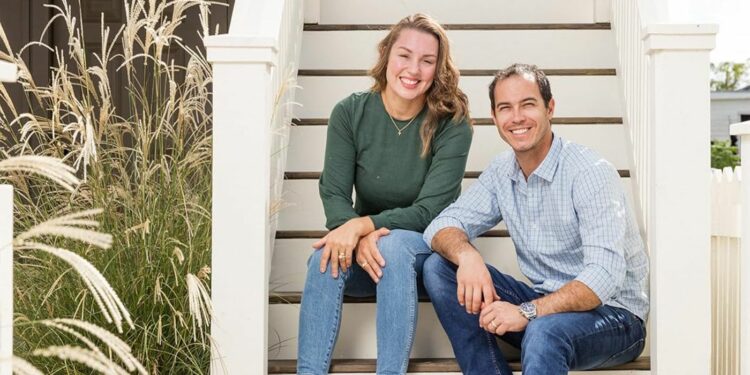
Cordray’s career pivot came when he and his wife Ashley began investing in historic homes around Galveston. The city, scarred by hurricanes and shaped by salt air, was full of neglected properties at risk of being demolished. Instead of chasing new builds, the Cordrays focused on restoration, giving fragile homes a second life.
This approach set them apart in a renovation landscape dominated by trendy upgrades and cookie-cutter flips. Michael handled the nuts and bolts—construction management, budgets, and practical fixes—while Ashley provided vision and design. Together, they turned risky purchases into livable, beautiful spaces. The homes weren’t just financial investments; they were part of preserving Galveston’s architectural identity. That authenticity caught HGTV’s attention.
Stepping Onto the HGTV Stage
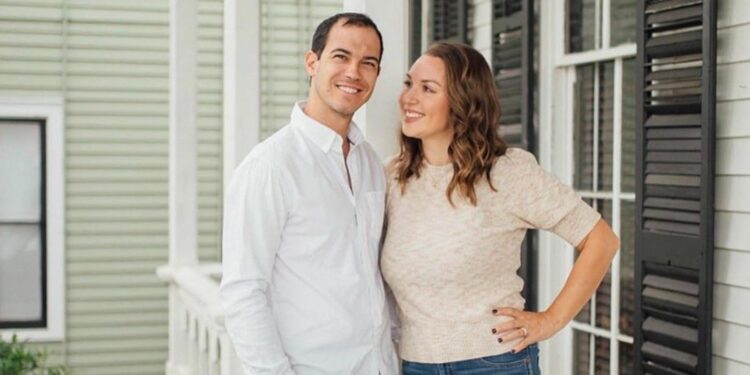
When Restoring Galveston premiered, Michael Cordray didn’t come across as a polished TV personality. He came across as a renovator first, a Texan second, and a television figure somewhere further down the list. That realness was exactly the point. Unlike networks that cast aspirational celebrities, HGTV leaned into the Cordrays’ natural chemistry and straightforward work ethic.
Michael’s role on screen became an anchor. Ashley often brought the bold design concepts, but Michael grounded them in practicality. His dry humor, steady presence, and commitment to solving problems made him the counterweight to the risks and surprises of renovation. Viewers recognized in him something familiar: the capable neighbor who knows how to fix things when everyone else is overwhelmed.
The Balance of Family, Work, and Fame
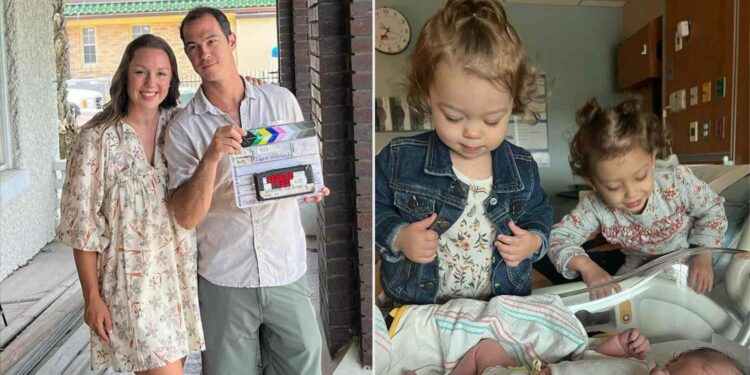
Cordray’s rise in reality TV hasn’t changed the way he approaches his life. While HGTV turned him into a recognizable face, he remains rooted in Galveston, raising a family with Ashley while continuing the hands-on work of restoration. Fame has been a byproduct, not the goal.
This balance explains his appeal. For many viewers, Michael Cordray feels like the guy you’ve met before—the one who doesn’t chase attention, but earns recognition by doing the work well. His television career isn’t built on branding or buzzwords. It’s built on sweat, patience, and the willingness to take on projects others would walk away from. Michael Cordray didn’t set out to become a reality TV star. He set out to restore homes, one project at a time, in a city that needed saving. But in the process, he became something more: the renovator who rebuilt his way into television. His path from journalism to construction to HGTV isn’t just a career arc—it’s a reminder that the most compelling stars aren’t manufactured. They’re built, brick by brick, in the very places they call home.
 Follow Us
Follow Us



